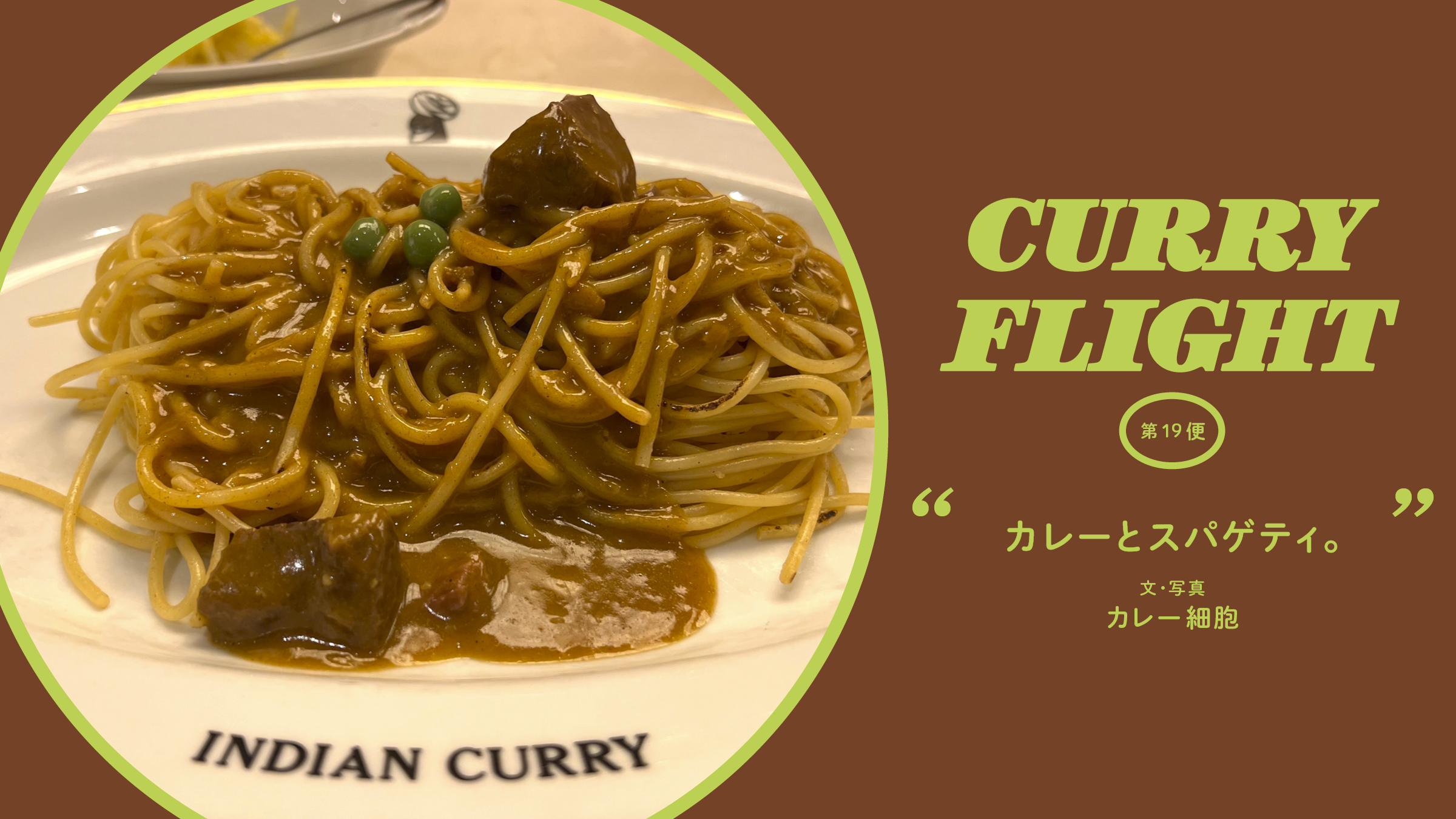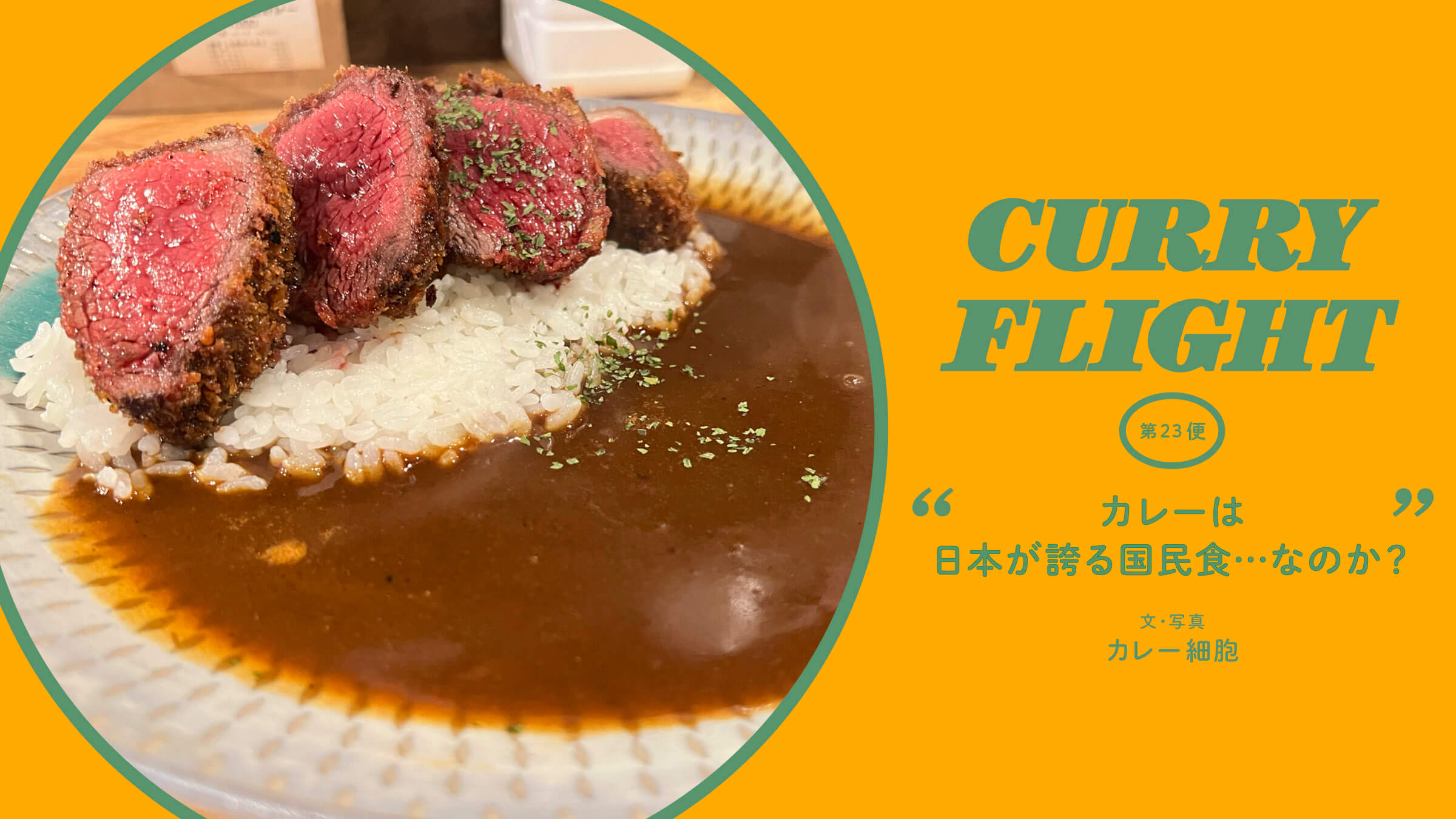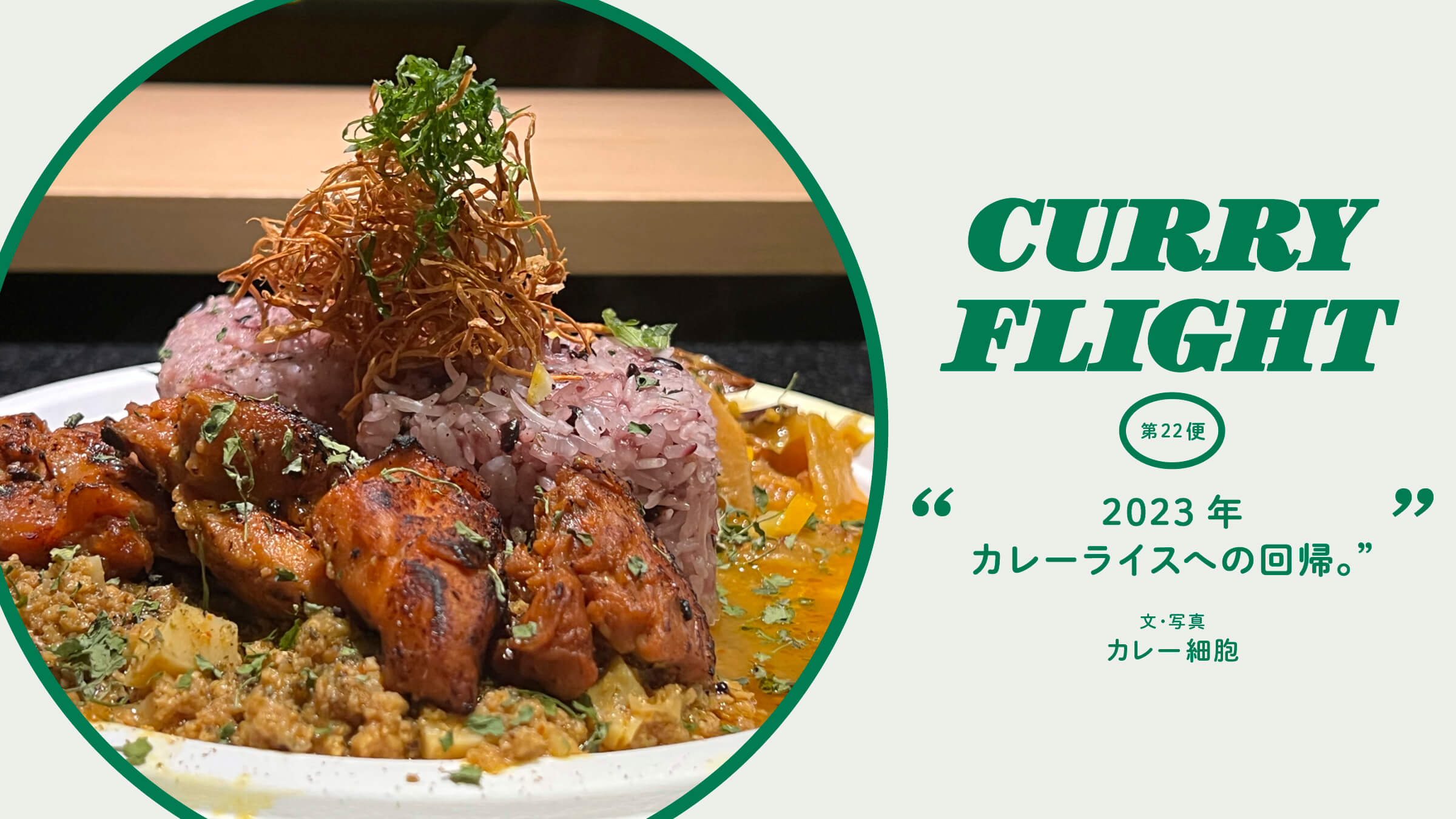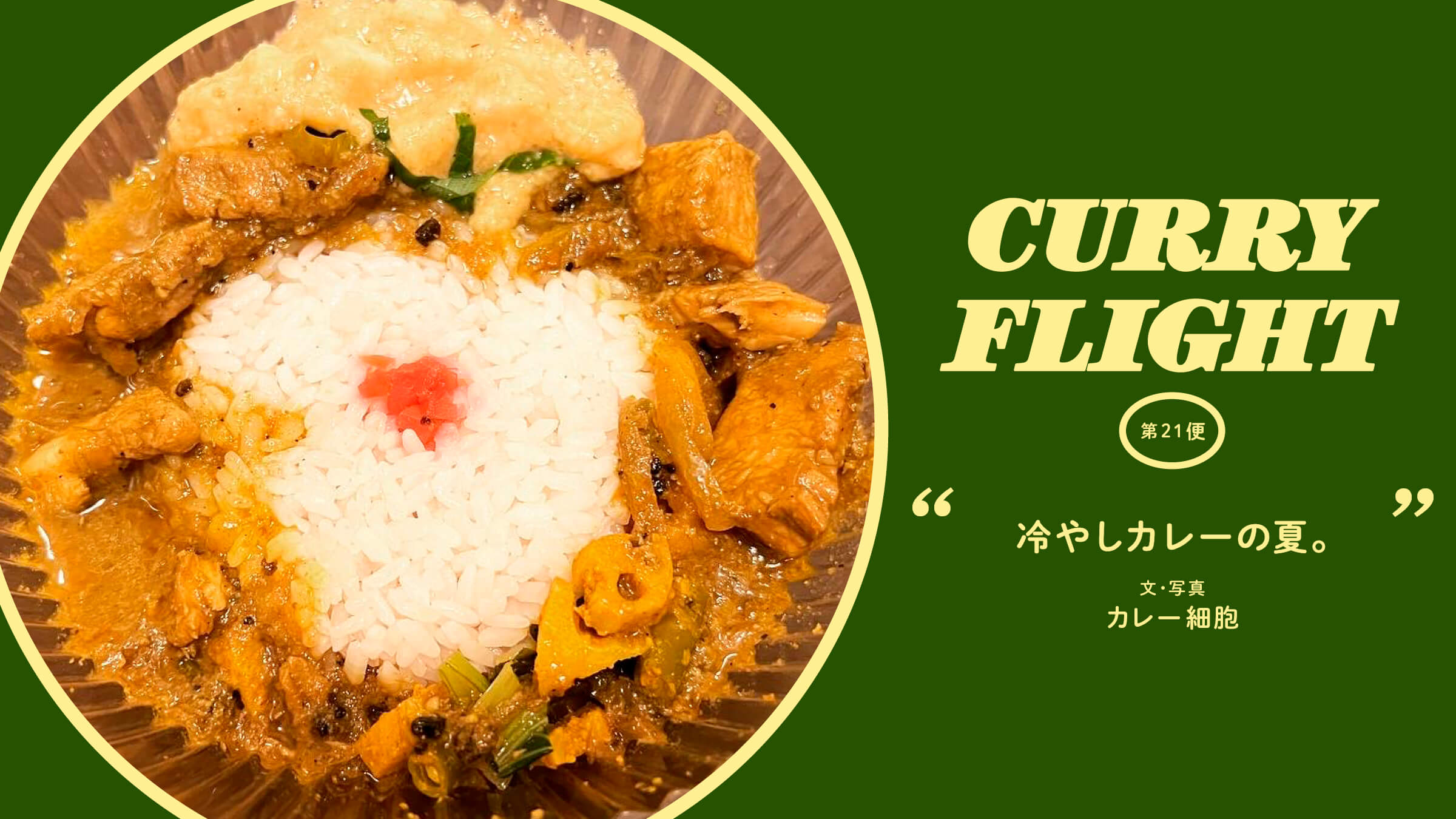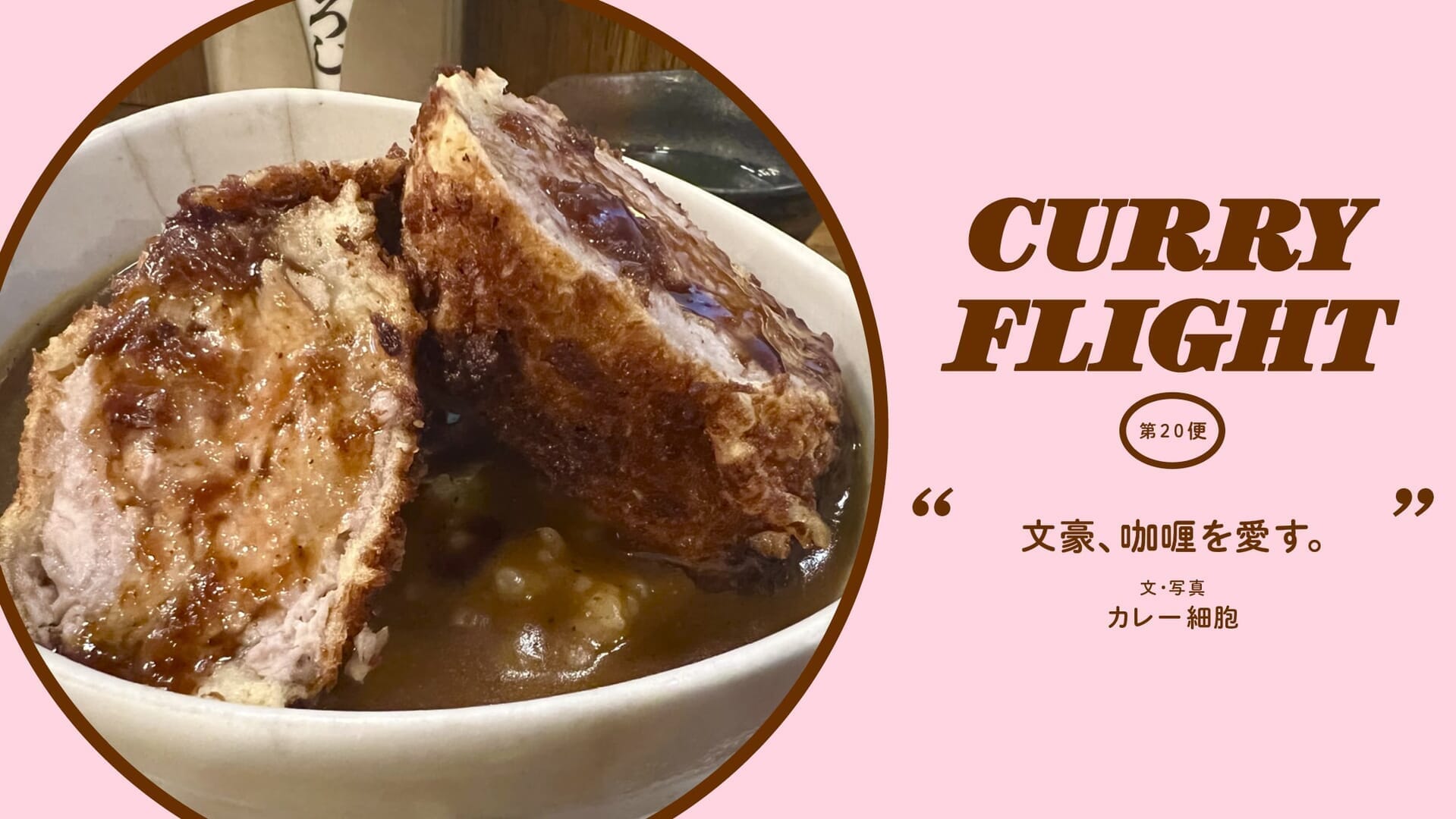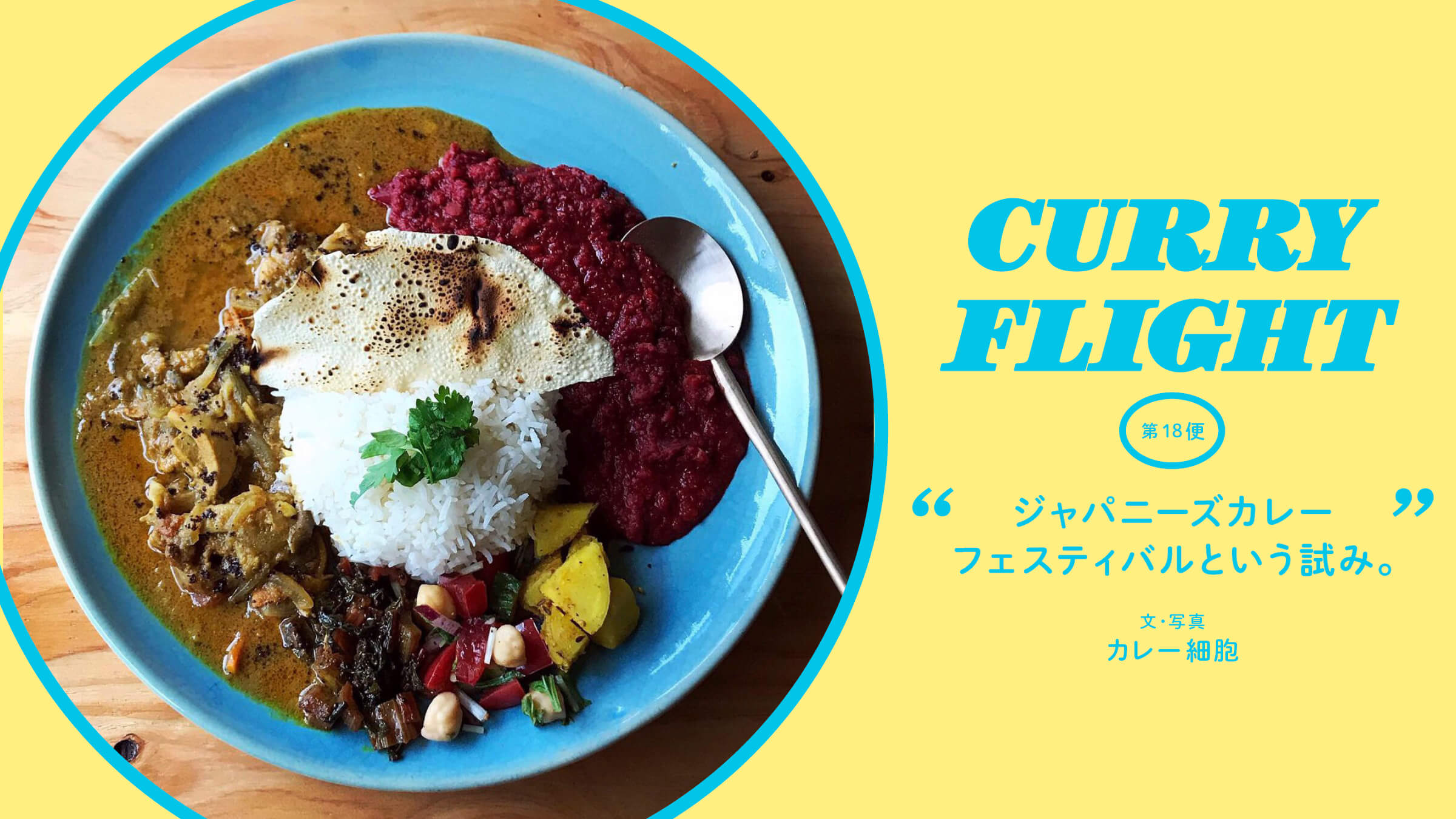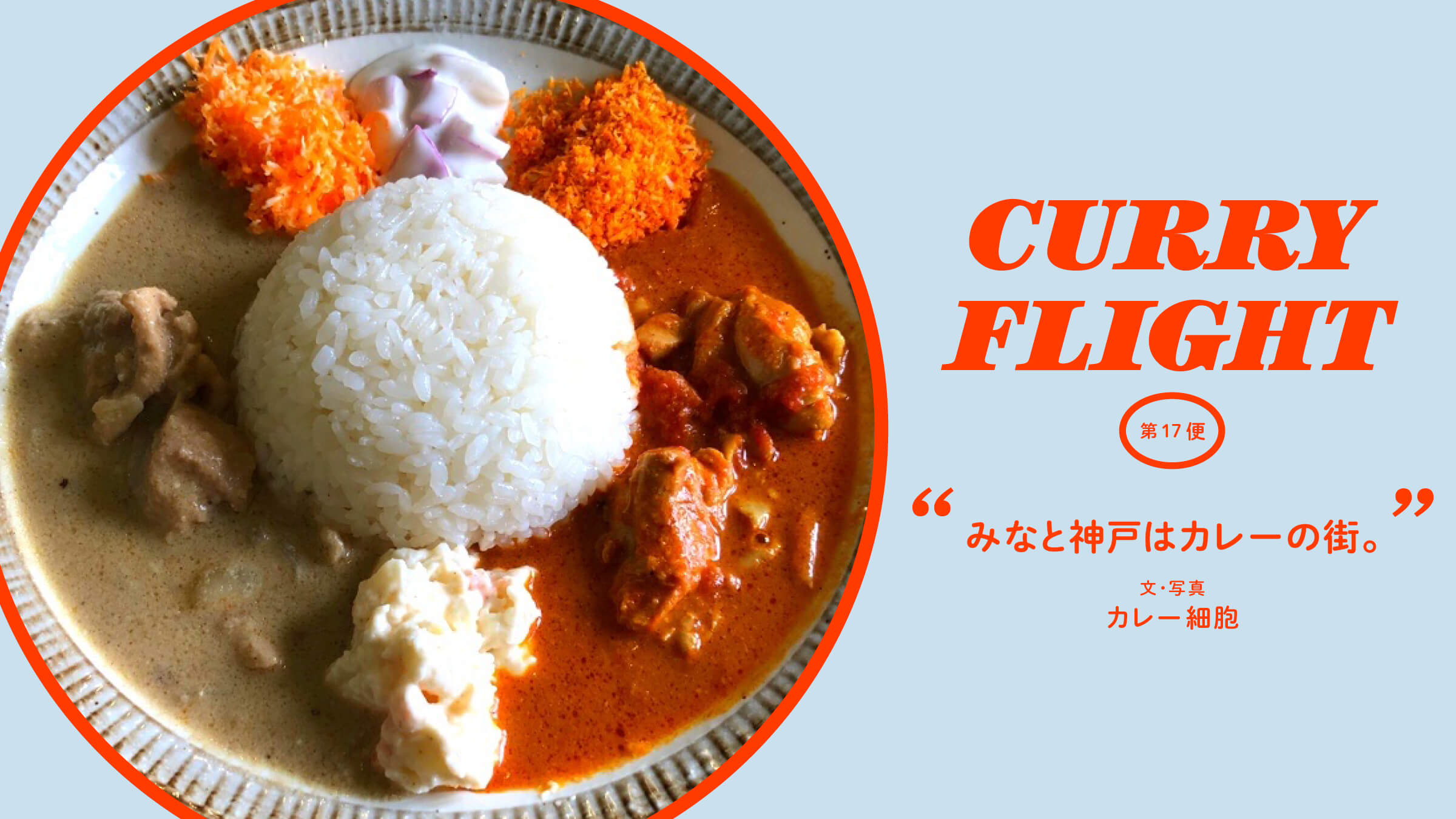Flight 19 Curry and spaghetti.
It occurred to me that curry and spaghetti are similar.
Spaghetti, not pasta.
Everyone loves it, kids and adults alike."
A plate is all you need to feel satisfied and full."
I remember it being a favorite at the school lunch table."
And the two are similar in that they are
I think I'd look good on a silver platter."
It's bad if you wear white and eat it."
That's what I mean,
In India, they don't have curry and rice like we do in Japan."
They don't have Neapolitan food in Naples like they do in Japan."
To the point where it is called.
For the Japanese, curry and spaghetti are apparently similar foods in standing.
Two "Western cuisines" came in the Meiji era.
Curry and pasta both came to Japan more than 100 years ago. It is said that they arrived in Japan more than 100 years ago, during the Meiji Era (1868-1912).
Both descriptions can be found in "Seiyo Ryoriyotsu" (1872), a western cookbook by Kanagaki Roubun.
Since then, curry and spaghetti have not only been popularized as high-caliber Western cuisine, but have also become a staple menu item at Western-style restaurants and coffee shops in town, spread to households through the use of canned and retort-pouch food, and become a standard item on "children's menus," including school lunches, on their way to becoming "Western-style food for the common people" representing Japan.
Is it Japanese food anymore?
We often hear that "curry is made in India" or "spaghetti is made in Italy. However, while India uses spices in most of its dishes, there is no such thing as "curry" (although certain dishes are translated as "curry" when introduced overseas), and spaghetti staples such as "Neapolitan" and "cod roe spaghetti" were born in Japan.
While incorporating various different cultures, we arrange them into a form that is uniquely Japanese. This is a technique that the island nation of Japan is most adept at.
I believe that curry and spaghetti have now reached the realm of "Japanese cuisine" that has evolved uniquely in Japan.
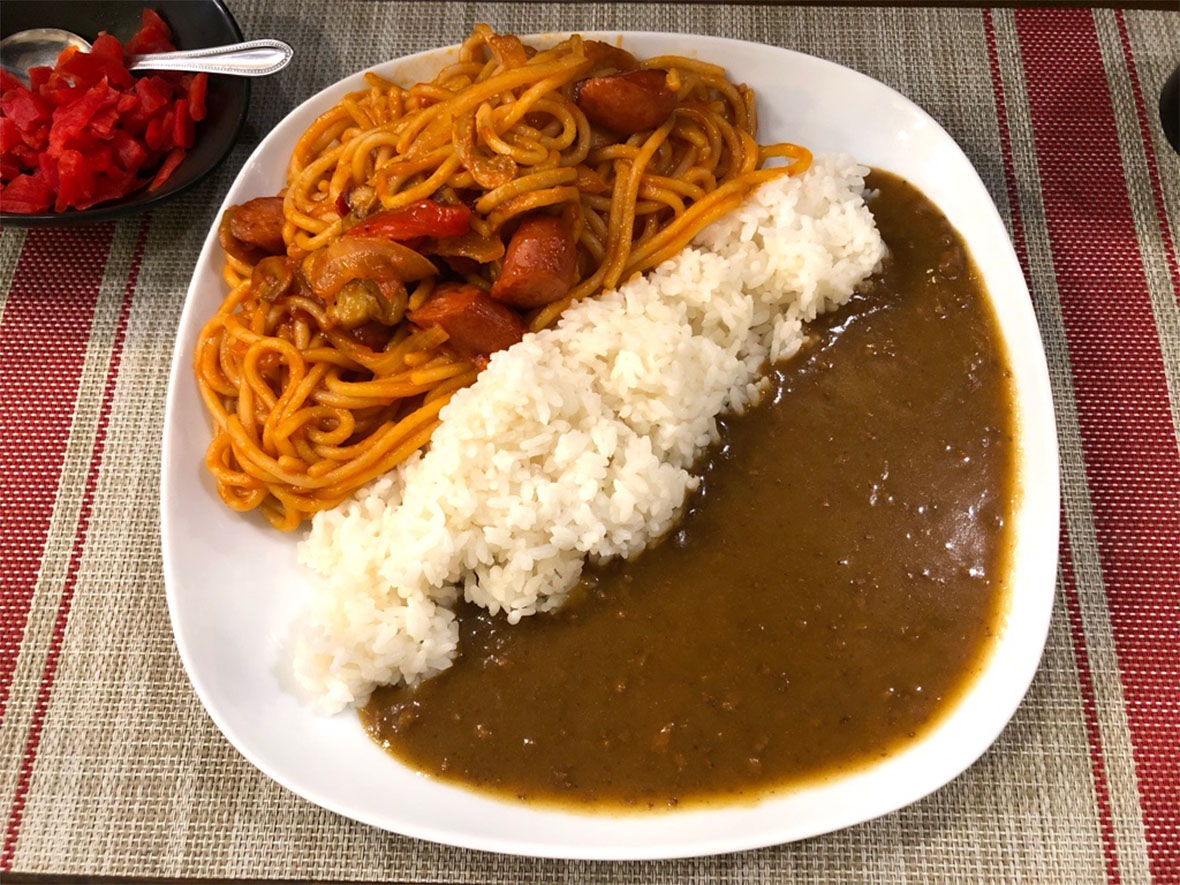
Carenapo" is a combination of curry and Neapolitan food. It is available at "Kare no Napoli" in Magome, Tokyo.
Curry Stand and Romespa.
Curry and spaghetti have become Japan's representative popular Western food and have been loved by the majority of the population. They are easy and quick to eat, and have also been favored as a tasty and calorie-dense business lunch.
During the Showa period of economic growth, curry stands appeared one after another in business districts and in front of train stations, becoming popular.
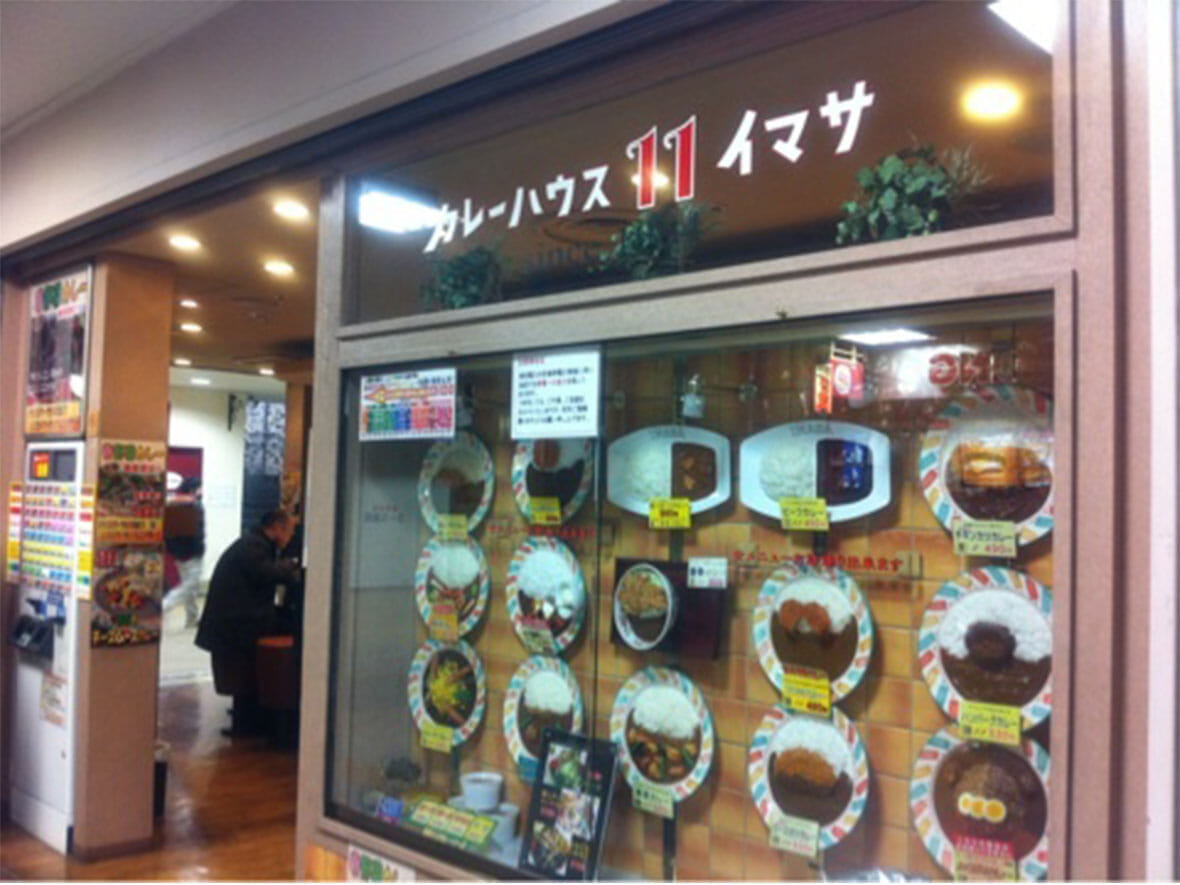
Shinjuku "11 Imasa" has been in business since 1964. Still selling 1,000 meals a day, it is a friend of businessmen.
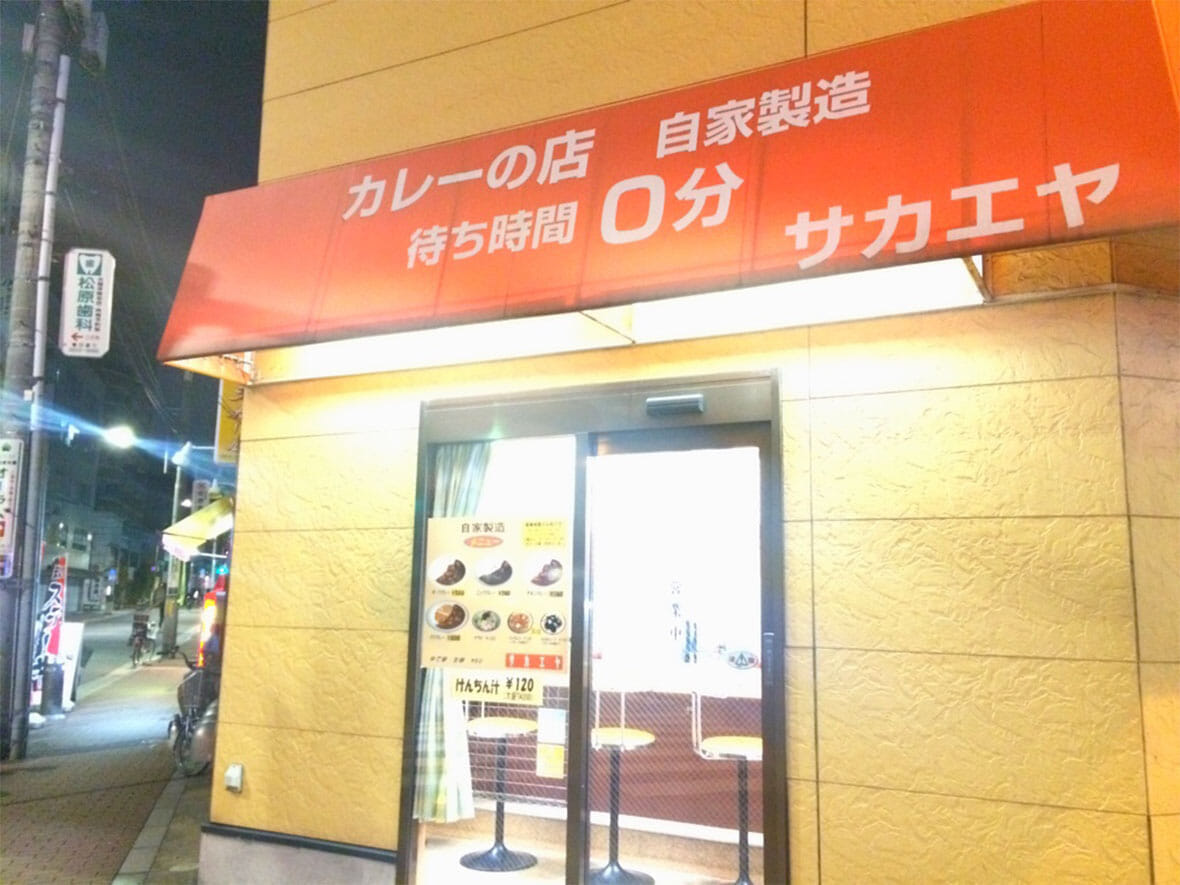
Sakaeya" in Okachimachi, established in 1974, has a "zero waiting time" policy.
Spaghetti, on the other hand, also saw the appearance of specialty restaurants, starting with the 1952 opening of "Hole in the Wall" (later to become "Hole in the Wall"), and the 1980 establishment of "Japonais", which was a spaghetti version of a curry stand and was later called the pioneer of "romespa" (spaghetti with noodles on the road), creating a movement. It was later called a pioneer of "rome-spa" (roadside noodle spaghetti).
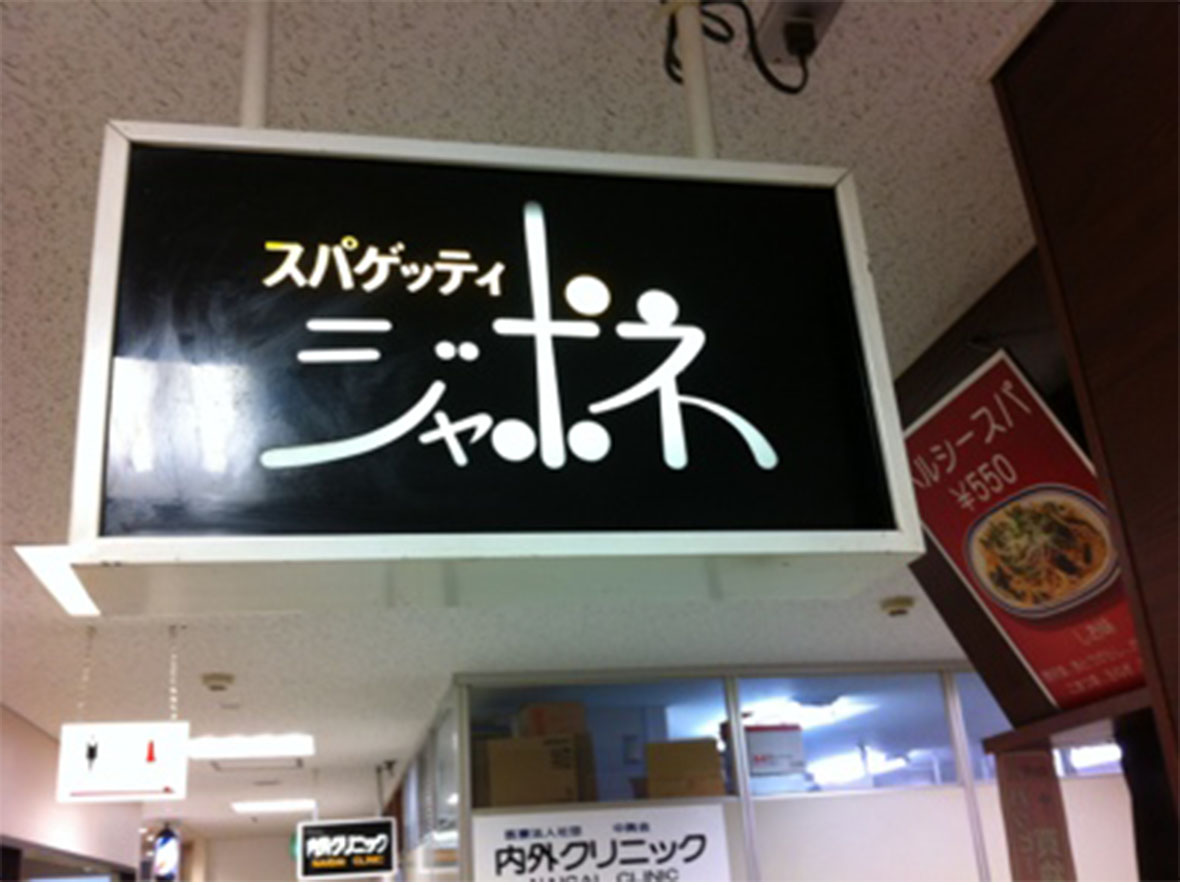
Japonais" is still in business at Ginza Inns 3.
Curry and spaghetti have been loved by businessmen despite the risk of stains on their white shirts, but there is actually a downside to this. As they have become popularized and can be easily prepared at home with retort pouch and other technologies, it has become difficult to raise their status in the restaurant food industry.
For example, few people would choose a curry or spaghetti restaurant for dinner or entertainment with business partners. While many people would choose an Italian restaurant. This is the critical difference between "pasta" and "spaghetti" in Japan.
I think the same reason why many people cannot pay more than 1,000 or 1,500 yen for a single curry or pasta dish.
Curry and spaghetti are a powerful tag team! "Curry Spa".
Such common insights of curry and spaghetti have created one unbeatable menu.
It is "curry spaghetti.
The combination of curry, which evolved in Japan from India via England, and spaghetti, which evolved in Japan based on Italian cuisine, is the very essence of Japanese food culture. When you think about it, don't you think it's a bit of a dangerous dish?
Since we are here, let me introduce you to the BEST 3 curry spaghetti that I recommend.
Recommended curry spa No. 1 Indians in "Japonais."
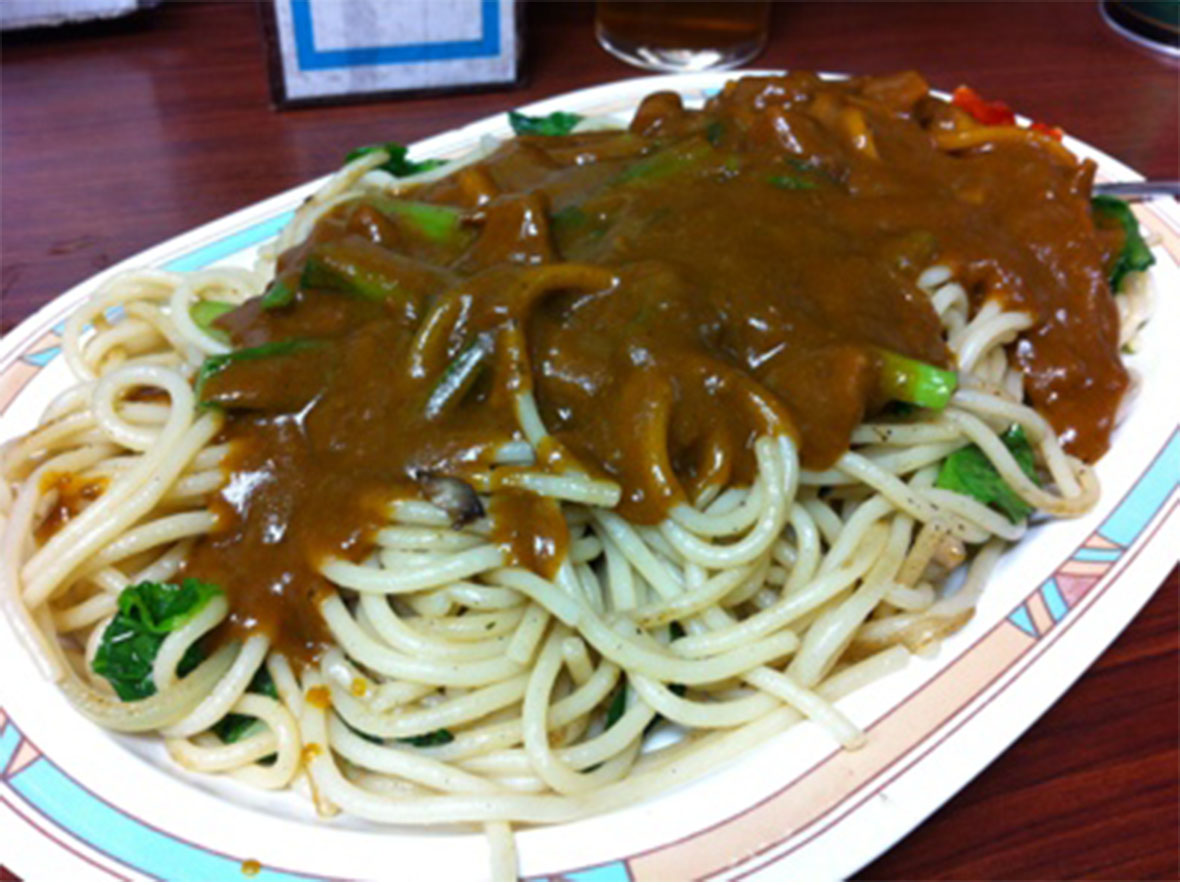
After all, the founder of Romespa, "Japonais," cannot be missed.
The hot spaghetti, stir-fried to the point of browning on the griddle, is chewy and soft, the exact opposite of al dente. It is topped with a rich, thick curry sauce. It is the king of Japanese B-class gourmet food, with almost no Italian or Indian elements.
Recommended curry spa No. 2 Indian of "Indian Curry."
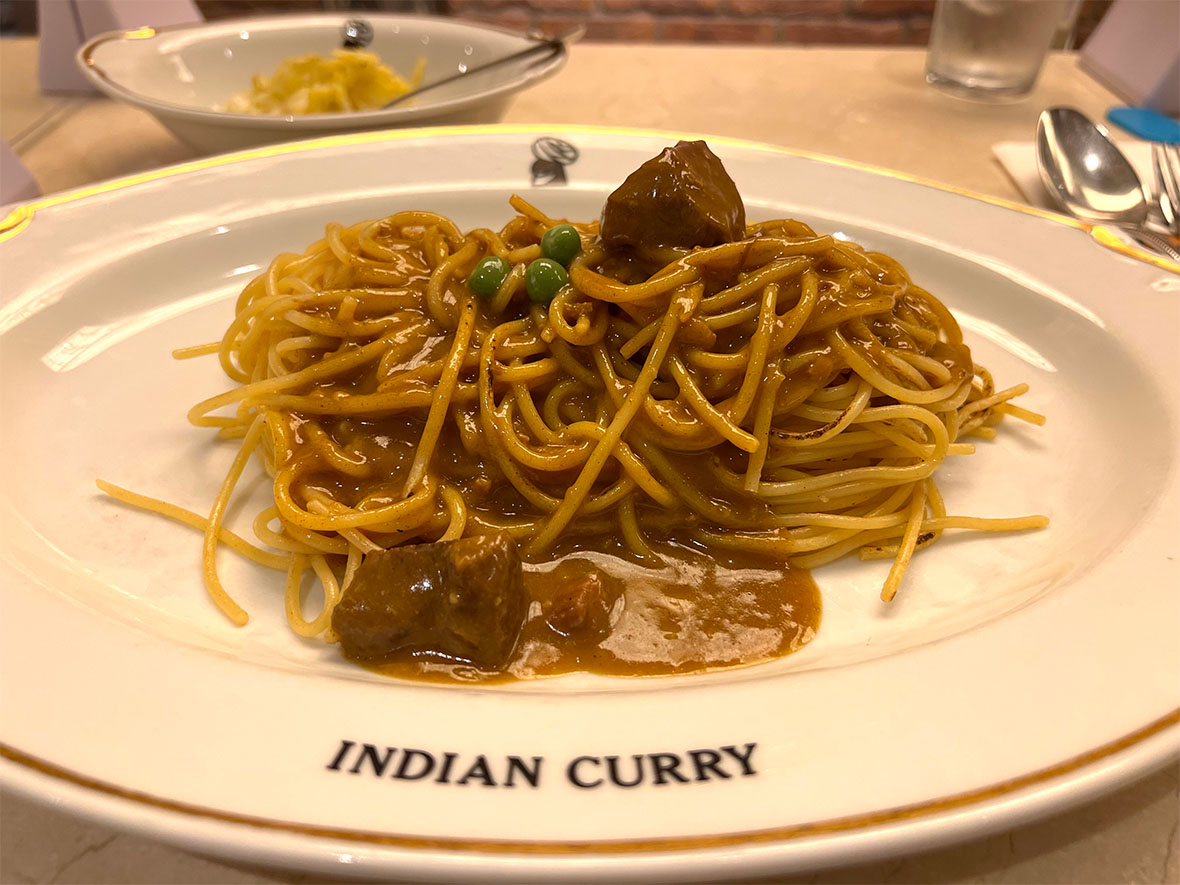
Indian Curry," the mainstay of Osaka's sweet and spicy curry, also has a spaghetti menu. The sweet and spicy curry is mixed with noodles that are slightly charred and have a rough texture. The beef chunks are so luxurious that they can be described as a work of art. There are two locations in Tokyo as well as Kansai, one in Marunouchi and the other in Otemachi, so be sure to give it a try!
Recommended Curry Spa No. 3 The Indian of "Danhui Ru".
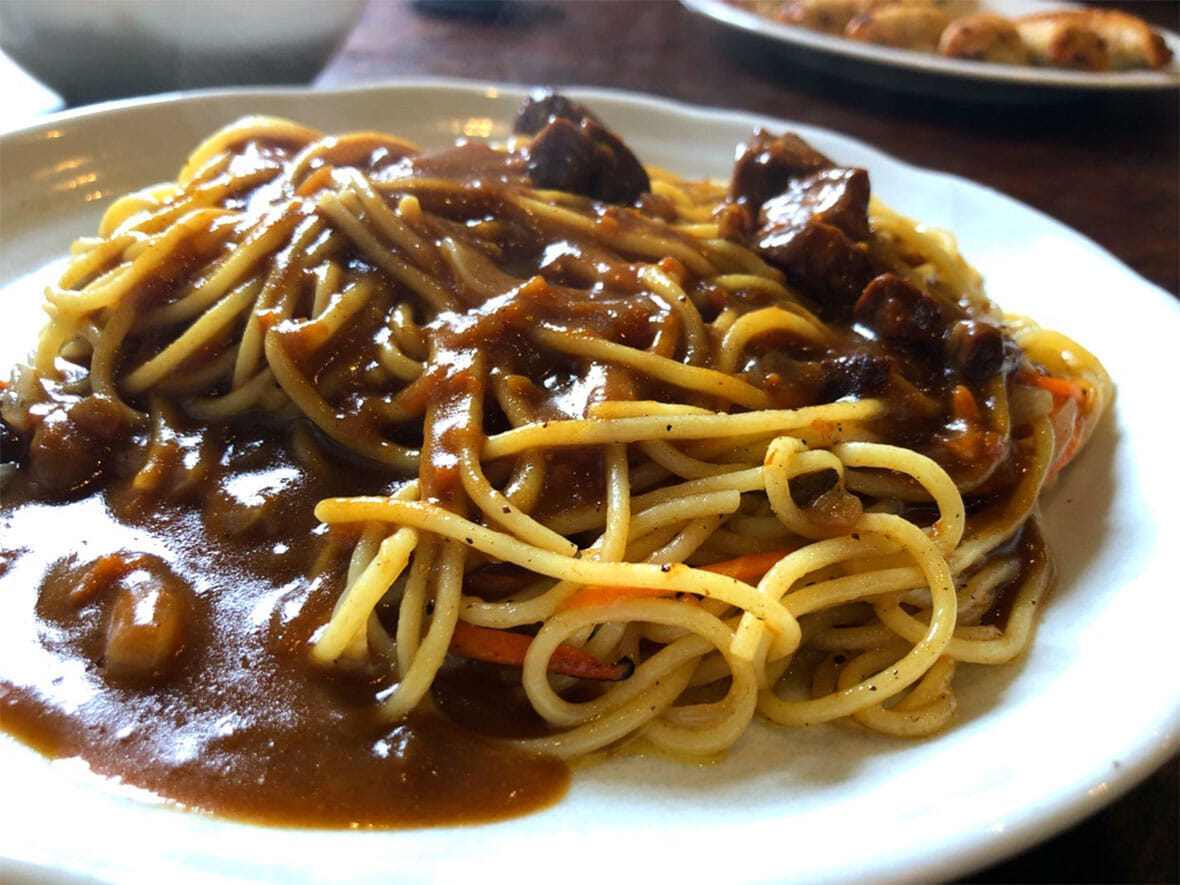
The third recommendation is Danhiru, a long-established coffee shop in Iizaka Onsen, Fukushima Prefecture.
The specialty here, "Indian," is perfectly balanced with the hotness of the noodles stir-fried in an iron pot and the firm and tasty curry sauce. It is so popular that Mahiro Iizaka, the character of Iizuka Onsen in "Onsen Musume," a local character project of the hot spring resort town, has been described as having a "favorite: indian.
Another famous local delicacy of Iizaka Onsen is "Disk Gyoza", which is actually served at Danhiru as a back menu item and is the number one local favorite. It is an interesting restaurant.
It is more difficult to find someone who dislikes curry and spaghetti.
It is so commonplace that we don't even notice it, but from a global perspective, it is a valuable part of Japan's proud food culture.
Now is the time to review its value.
Now, what kind of Flight should we try next time?
PROFILE

In pursuit of all kinds of curry and strange creatures. A spice radar by nature, he has visited more than 3,000 curry restaurants in Japan and abroad. He has been featured in many magazines and TV programs, and is a member of the Japanese Curry Awards selection committee. He is a member of the Japanese Curry Awards Selection Committee, and is a member of the "Next Breakthrough Curry Restaurant" program, which invites a new local curry restaurant to Shibuya every month.SHIBUYA CURRY TUNEThe company is holding the "Mutual Aid Association of Japan (MAAJ).







